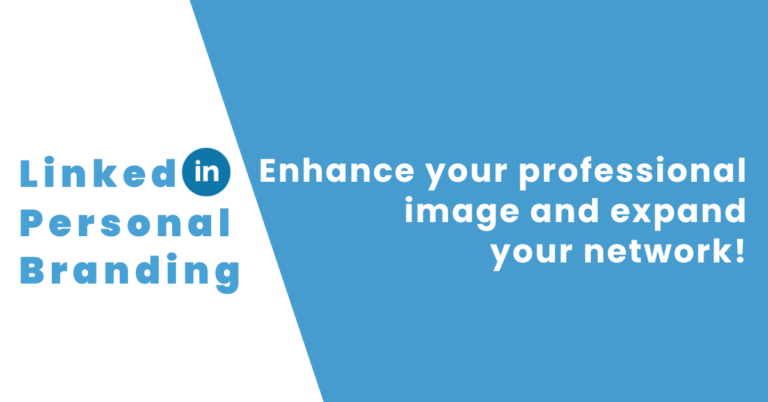
In a world where digital content moves at lightning speed, standing out on LinkedIn can be challenging for professionals.
But LinkedIn isn’t just a place to share updates—it’s a platform to truly connect with your audience. One of the most effective ways to build those connections is through storytelling on LinkedIn.
Storytelling is powerful because it conveys complex ideas in an engaging and relatable way. For LinkedIn users, it can transform basic updates into compelling narratives that showcase your personal and professional journey. By mastering storytelling, you can position yourself as an authority in your field while fostering deeper relationships with your audience.
In this post, we’ll show you how to harness the power of storytelling, with examples and tips to elevate your LinkedIn content.
1. Start with a Hook
The first few lines of your LinkedIn post are critical in grabbing attention. With a strong opening, you can encourage readers to pause and engage with your content.
Example 1:
“What would you do if your biggest professional success also became your greatest challenge? That’s exactly what happened to me last year.”
Example 2:
“Have you ever walked into a meeting, confident that you were prepared, only to realize you were wrong? That moment changed my entire approach to leadership.”
Starting with a provocative question or an unexpected statement hooks your audience in from the very beginning.
2. Be Authentic
Authenticity is key to building trust. By sharing genuine experiences, you demonstrate vulnerability and relate to your audience on a human level. This authenticity often leads to stronger engagement.
Example 1:
“In my early days as an entrepreneur, I underestimated how tough it would be to secure funding. I made countless mistakes, but each one taught me something invaluable that shaped the success of my current venture.”
Example 2:
“After a decade in corporate life, I realized that success wasn’t about climbing the ladder but finding the right balance between personal fulfillment and professional achievement.”
Authenticity fosters relatability, allowing your audience to see the human side of your professional journey.
3. Structure Your Story
A well-structured story with a beginning, middle, and end is easier to follow. It helps maintain interest and gives your audience a clear takeaway.
Example 1:
“At the start of my career, I was leading a small team (beginning). When our biggest client nearly pulled out due to a service issue, I had to act quickly to resolve it (middle). In the end, we not only retained them but also expanded our contract (end).”
Example 2:
“I launched my first product with high hopes (beginning). Sales were slower than expected, and it forced me to reevaluate my strategy (middle). By adjusting my marketing approach, I eventually turned things around (end).”
A clear structure ensures your audience stays engaged and understands the point you’re trying to make.
4. Use Vivid Details
Details make stories memorable. By painting a picture, you invite your audience into your world, making them feel like a part of your journey.
Example 1:
“I could feel the tension in the air as we gathered for the last meeting of the year. The stakes were high, and every team member was on edge, waiting for the final decision that would determine our future.”
Example 2:
“The phone rang at 6 AM, and I knew immediately that it wasn’t going to be good news. As I listened to the client’s concerns, my mind raced to find a solution to the problem at hand.”
Vivid, sensory details draw readers in and make your experiences more impactful.
5. Engage Your Audience
End your story by inviting your audience to engage. A simple question or call to action encourages interaction, sparking conversations that can deepen connections.
Example 1:
“Have you faced a career-defining challenge? I’d love to hear your story in the comments!”
Example 2:
“What’s one mistake you made early in your career that led to valuable lessons? Let’s share our experiences and learn from each other.”
Engaging your audience transforms your post from a one-way communication into a conversation.
Why Storytelling Works
Storytelling is not just about sharing experiences; it’s about shaping your brand. When you tell stories on LinkedIn, you’re giving your audience a window into your professional journey, making your posts stand out in a crowded feed. Stories create an emotional connection, and those connections foster trust, engagement, and even influence.
At Talent-e, we believe that everyone has a unique story to tell, and our platform is designed to help you share it in the most impactful way possible. From generating personalized content ideas to scheduling posts at optimal times, our tools make it easy for professionals to tell their stories and build meaningful connections.
And plus, it’s totally free!




Remarkable! Its really awesome article, I have got much clear idea concerning
from this piece of writing.